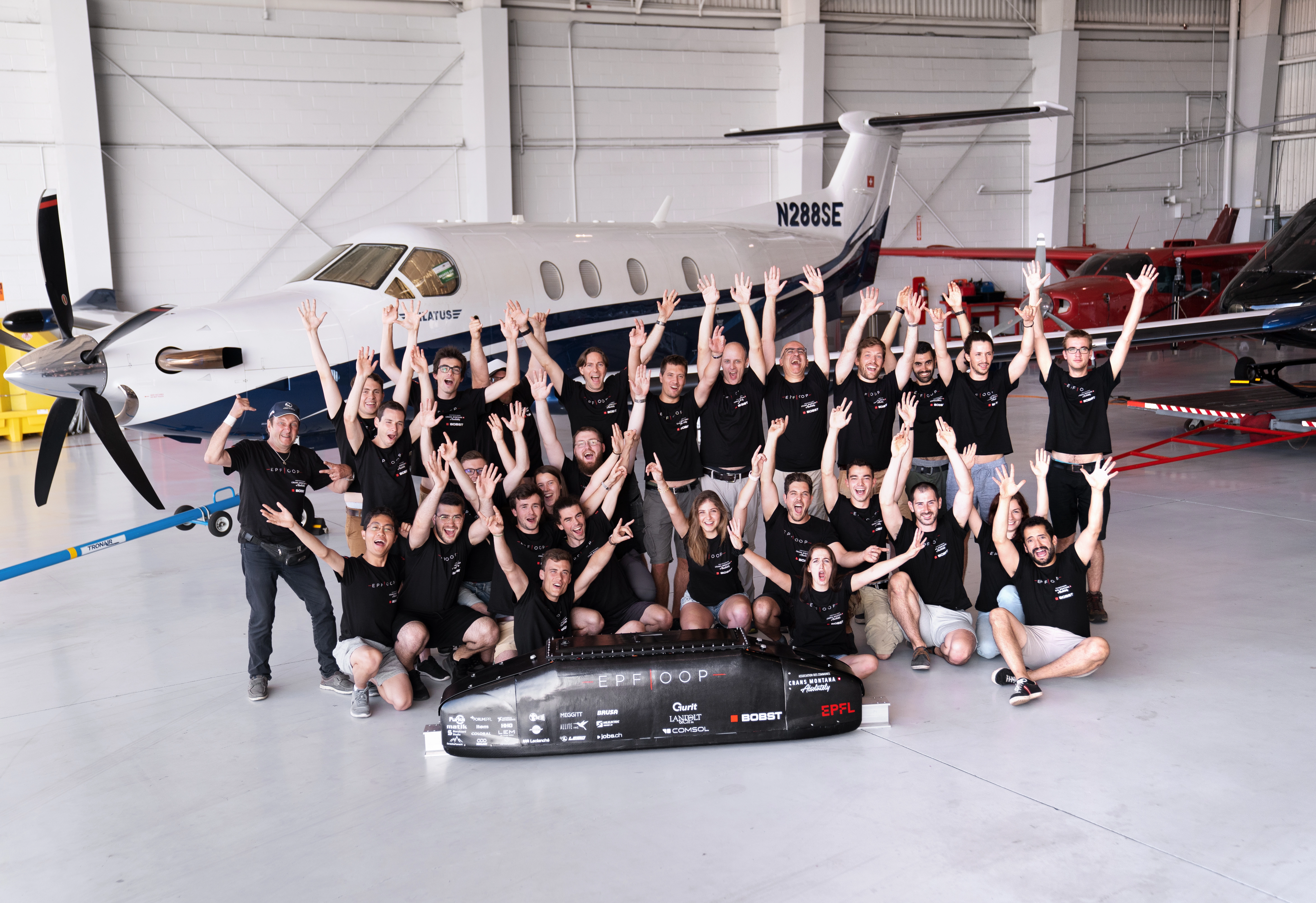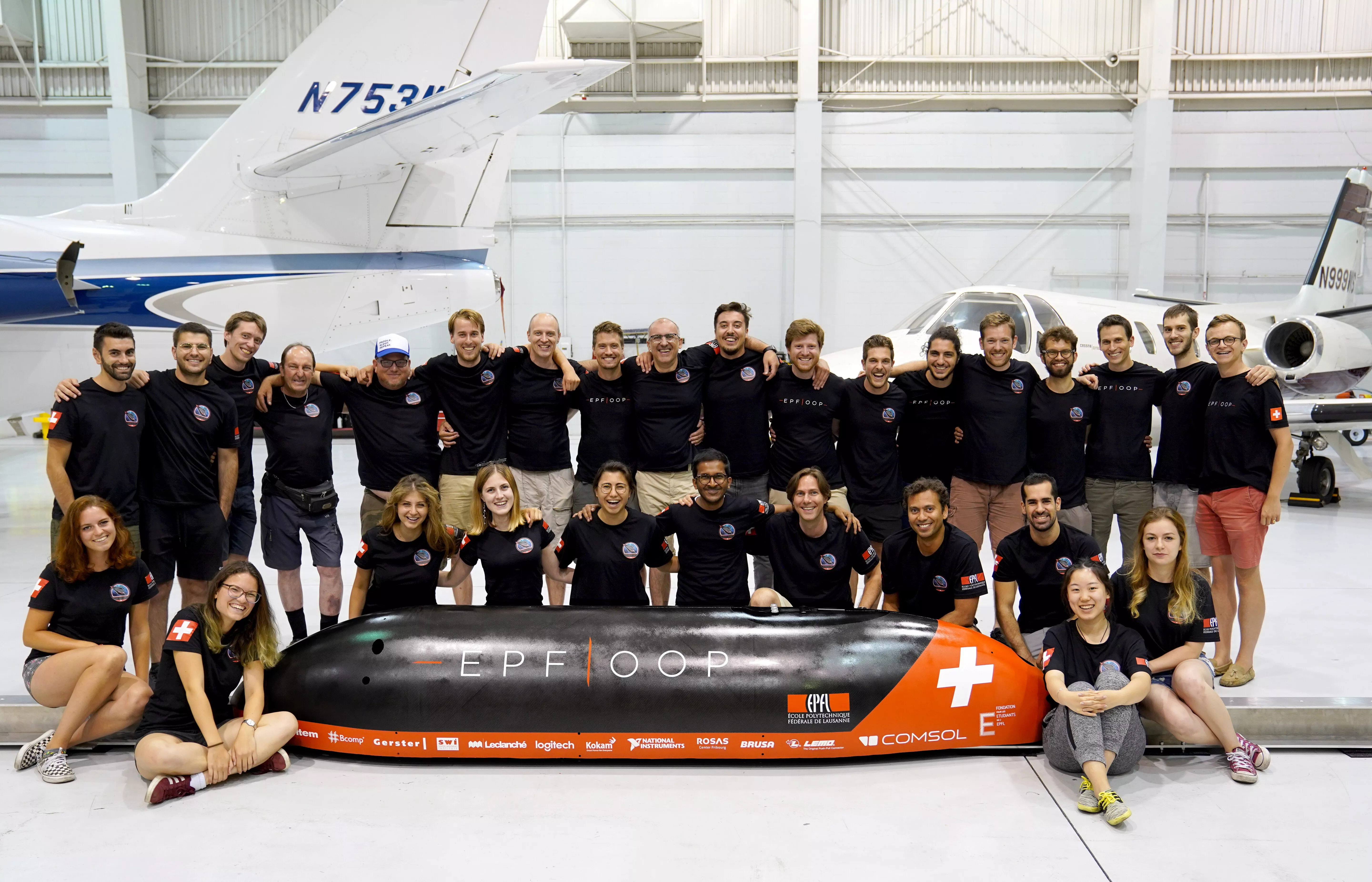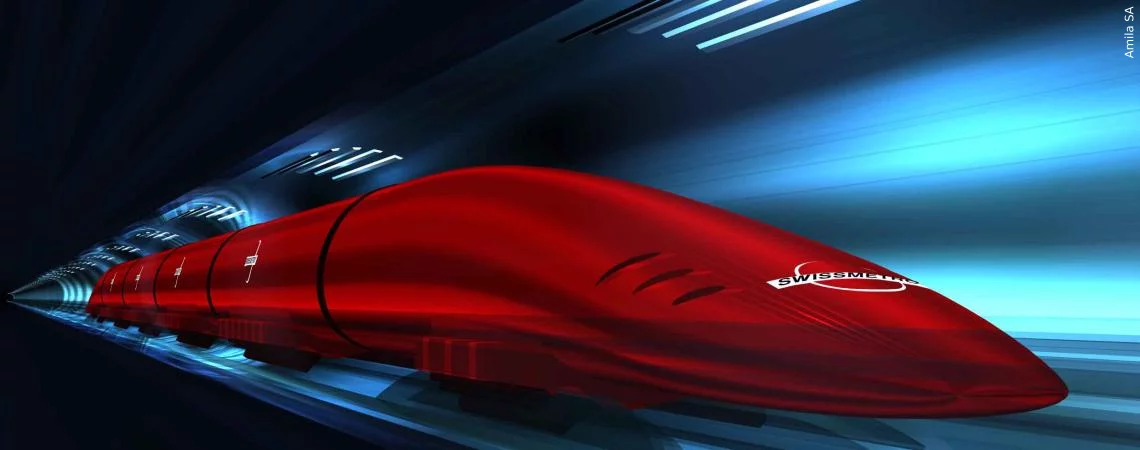Hyperloop Journey at EPFL
Timeline
2022
2026
H-LSM Research Project
At the time of the Swissmetro project, a Homopolar Linear Synchronous Motor (H-LSM) was proposed for both the propulsion and levitation of the vehicles. Since that time, this technology has received limited interest, despite its promising performance. With advances in power electronics and modelling methods, both numerical and analytical, it has been decided to initiate a new research project aiming to characterise the technological potential of H-LSMs, when implemented in a Hyperloop mode of transportation. This initiative is led by the EPFL Distributed Electrical Systems Laboratory (DESL).
2019
2026
LIMITLESS Research Project
Driven by the idea of studying and demonstrating the technical feasibility of a Hyperloop mode of transportation, DESL and its partners — Swisspod and the IESE institute of HEIG-VD — have initiated a research and development project, funded by the Swiss confederation.

2019
2 nd SpaceX Hyperloop Pod Competition
In 2015 SpaceX launched the first Hyperloop competition for teams of students from all over the world aimed to support the development of functional prototypes and encourage innovation in this field. The EPFLoop team, a team of EPFL
students from various fields, led by the Prof. Paolone and the DESL, was selected to compete in the 2018 and 2019 editions.
In 2019, in its second participation, the team finished in third place.

2018
1 st SpaceX Hyperloop Pod Competition
In its first participation, the team finished third out of the 18 teams engaged in the competition.

1974
1999
Swissmetro
Vacuum transport, although recently popularized under the name Hyperloop, is not a recent concept. The first mention dates back to the 18th century, when George Medhurst proposed moving through tunnels of thin air. A century later, Robert Goddard proposed the Vactrain, a magnetically levitated train moving in partial vacuum tubes. Later on, in 1974, Rodolphe Nieth from EPFL proposed a similar but futuristic and innoative concept, aiming to connect the major cities of Switzerland with high-speed trains in depressurized tubes. Between 1989 and 1999 a group of students and professors from EPFL, lead by Prof. Marcel Jufer launched a project based on Nieth’s idea, with the name “Swissmetro”.


